Food allergies in children are becoming increasingly common and are important to recognize early. A food allergy occurs when the immune system overreacts to certain substances in food that are actually harmless. Food allergy reactions can cause symptoms ranging from mild to severe, and in some cases, can be life-threatening if not treated promptly and properly.
Common Symptoms of Food Allergies in Children
The symptoms of food allergies in children may vary depending on the level of sensitivity to the triggering food. These symptoms typically appear within a few minutes to two hours after consuming the food. Below are some common symptoms to watch for:
1. Skin Reactions
- Red rashes
- Itching or hives
- Swelling, especially on the face, lips, tongue, and around the eyes
2. Digestive System Problems
- Stomach pain
- Nausea and vomiting
- Diarrhea
3. Respiratory System Problems
- Nasal congestion or runny nose
- Coughing
- Shortness of breath or wheezing
4. Severe Reaction (Anaphylaxis)
Anaphylaxis is a medical emergency marked by a drastic drop in blood pressure, severe difficulty breathing, and loss of consciousness. This condition requires immediate treatment as it can be fatal.
Common Food Triggers of Allergies
Certain foods are more likely to cause allergic reactions, especially in children. Common food allergens include:
- Cow’s milk
- Eggs
- Peanuts
- Tree nuts (almonds, walnuts, cashews)
- Fish
- Shellfish and shrimp
- Wheat
- Soy
Each child may have different sensitivities. Therefore, it is crucial for parents to be aware of any family history of allergies and to introduce new foods gradually while monitoring for any reactions.
Emergency Management for Food Allergies in Children
Managing food allergies requires quick action, especially when severe symptoms such as anaphylaxis occur. Here are steps parents should take:
1. Stop Giving the Trigger Food Immediately
If the triggering food is identified, stop giving it to the child at once.
2. Administer Medication as Directed by a Doctor
For mild reactions, doctors usually recommend antihistamines to relieve symptoms. However, if the child has a history of anaphylaxis, parents are often provided with an epinephrine auto-injector which must be used immediately.
3. Seek Medical Help Immediately
After initial treatment, bring the child to a doctor or the nearest emergency facility, even if symptoms seem to improve. Medical supervision is still necessary to prevent the condition from worsening.
Prevention of Food Allergies in Children
To reduce the risk of food allergies, the following preventive measures can be taken:
- Introduce New Foods Gradually
Introduce new foods one at a time with enough intervals to observe any reactions. - Monitor Family History
If there is a history of allergies in the family, discuss preventive strategies with a pediatrician early on. - Check Food Labels Carefully
Always check the ingredients of packaged foods, especially processed products that may contain hidden allergens.
Conclusion
Recognizing food allergy reactions in children early is essential to protect their health and safety. Parents are advised to remain vigilant about any symptoms that arise, understand which foods are likely to trigger allergies, and know how to respond appropriately. With careful attention, children can grow up healthy without significant disruption from food allergies.
READ ALSO ARTICLE: Picky Eater in Children with Effective Strategies


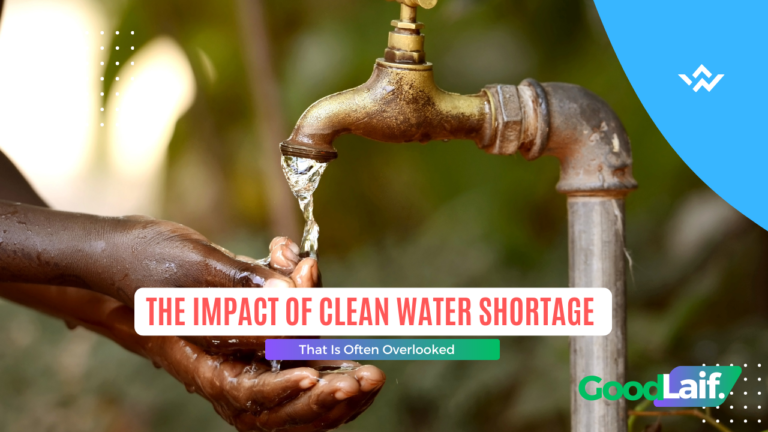

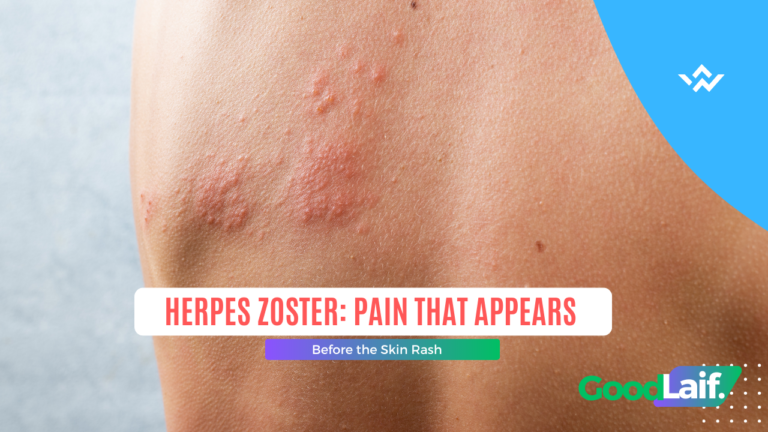
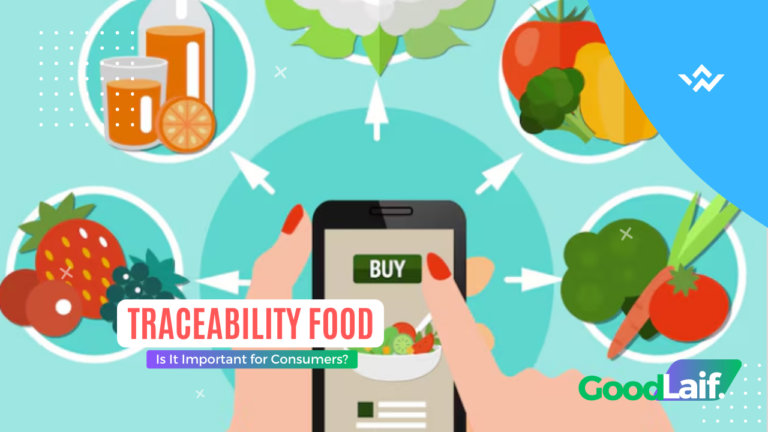
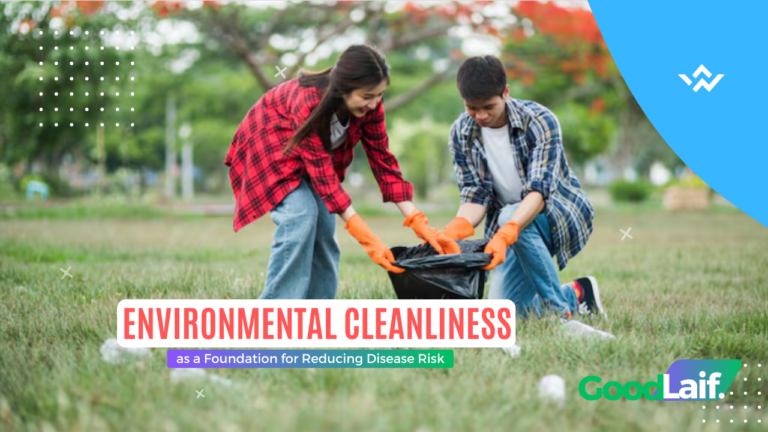
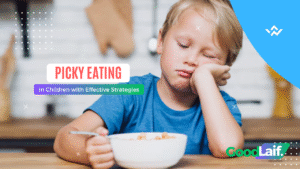



+ There are no comments
Add yours